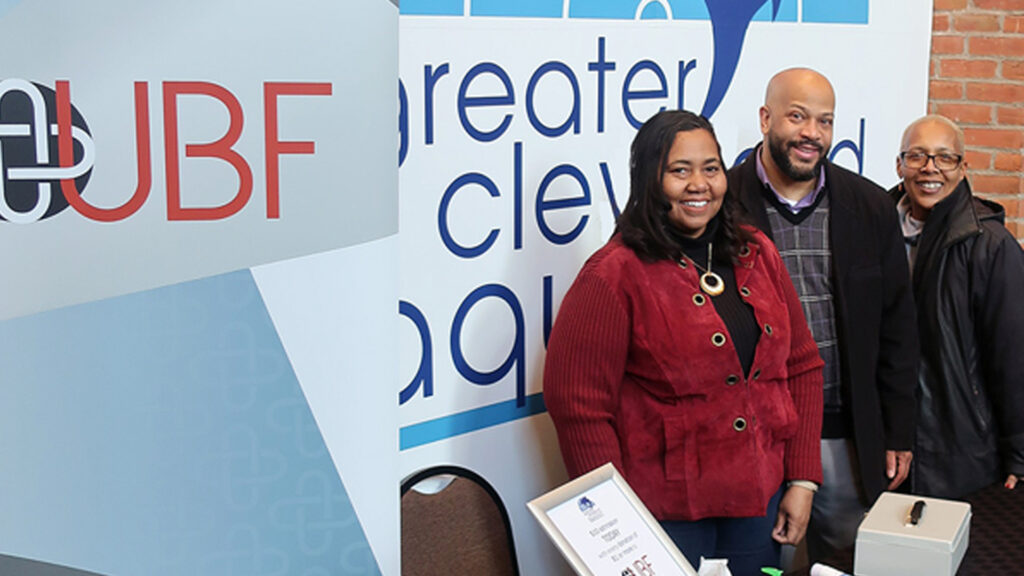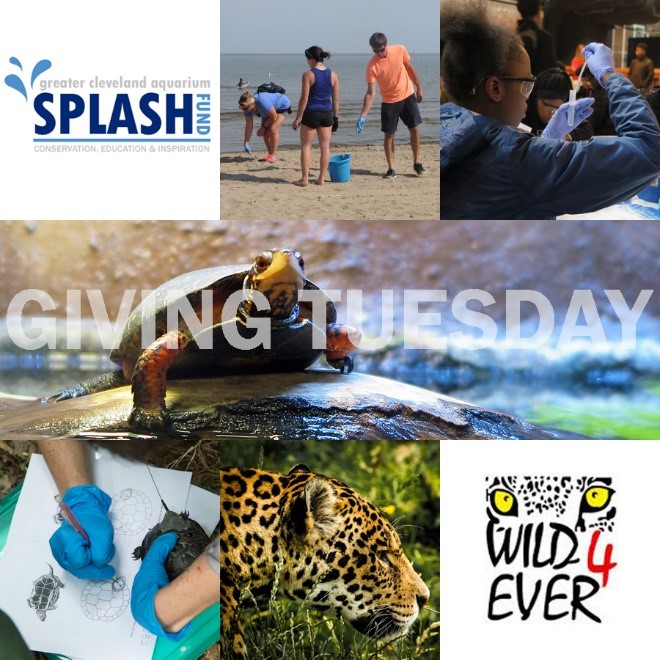Ray Discusses Rays
My name is Ray. I’m the Curator at the Greater Cleveland Aquarium. My background is in animal care, particularly sharks and stingrays. Today I am going to answer a few stingray questions Annual Passholders have submitted.
What kind of stingrays are at the Aquarium?
Four species of stingray reside here. One freshwater stingray is in the Amazon River exhibit and there are three species of saltwater rays. There are the cownose stingrays, Southern stingrays and one Atlantic stingray.
How is it possible for stingrays and sharks to live together in the Shark Gallery?
They tend to occupy different areas of the water and don’t really interact very much. Just like any other fish in the exhibit, the curation chose them to cohabitate because they cohabitate well.
Why does the freshwater stingray look different than the saltwater ones?
Freshwater stingrays are a whole different genus from saltwater stingrays, so while they do have some common lineage in the past, the reason they look so much different is because of the habitat in which they live. That river stingray lives in murkier waters with darker substrate—leaves and things like that. Its coloration is different for camouflage.
How did saltwater stingrays adapt to live in freshwater?
That is a very good question. That came from millions of years of evolution. There is a common ancestor from a few hundred million years ago that slowly started to live in some of the fresher waters and eventually evolved into freshwater stingrays as we know them. Nowadays a lot of the coastal species of saltwater stingrays do go in brackish areas and occasionally in freshwater. But they can’t do it for long-term, but through evolution a few of them managed to get a little further up stream and stay there permanently.
Are stingrays related to sharks?
Yes, stingrays and sharks are related. They are both in the cartilaginous fish group known as elasmobranchs, and they all have cartilaginous skeletons. (Cartilage like you have in your nose or your earlobes.) That is the biggest distinguishing feature.
How do stingrays eat?
Stingrays are benthic feeders, so they are typically finding food along the sand bed, buried in the sand, on the seafloor or, for freshwater varieties, in the riverbeds. There are a handful of exceptions like a pelagic stingray that can catch fish right out of the water column.
What are the holes I see on the top of the stingrays?
With stingrays being on the bottom of the sea floor, if they took in water through their mouths, they would get a whole mouthful of sand. Instead, they have spiracles on the top of their head so they can bring in new clean water, into their gills and out through gill slits on the bottom. That’s how they breathe. When you see them swim up on the window, you’ll see gill slits on their belly. That is how the water will exit.
Why do stingrays sometimes bury themselves?
That’s dual purpose. It’s for their own protection. But while it helps them hide from predators, as predators themselves it also can help them to hide and wait to ambush their food.
What are baby stingrays called?
Baby stingrays are often called pups, as are most other shark species.
Are stingrays poisonous?
Stingrays are not poisonous, they are venomous. Here is a simple way to remember the difference between poison and venom. If an animal were to attack and you got sick, that is a venom or a toxin. If you eat an animal and get sick, then it is poisonous. If a barb poked you it could envenomate you, so stingrays are venomous.
Why can’t guests be stung by the stingrays in the Aquarium’s touch pool?
First off, stinging is a defense mechanism. Since guests are always polite to our stingrays and these animals are accustomed to the presence of guests, there is no need for them to sting. This touch pool is deeper than many you see. That depth gives the stingrays avoiding human an interaction a choice to swim lower in the water. We also go the extra step and trim the barbs on the stingrays in the touch pool. It’s not unlike trimming the toenails on your dog.
If you want to learn more about stingrays, come visit the stingrays in the Tropical Forest, Coastal Boardwalk and Shark Galleries at the Greater Cleveland Aquarium.
– Ray P.



